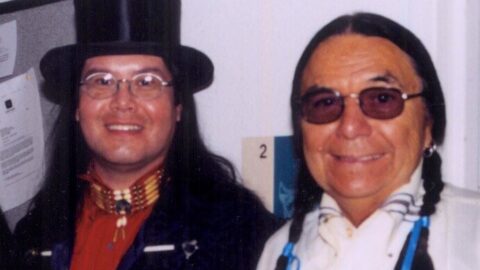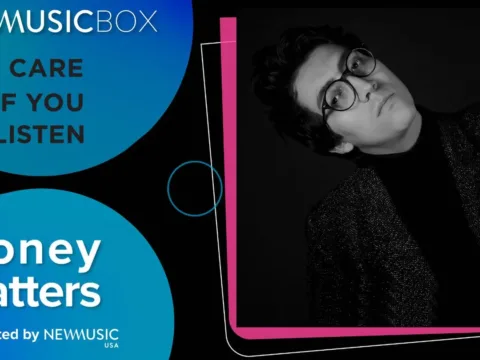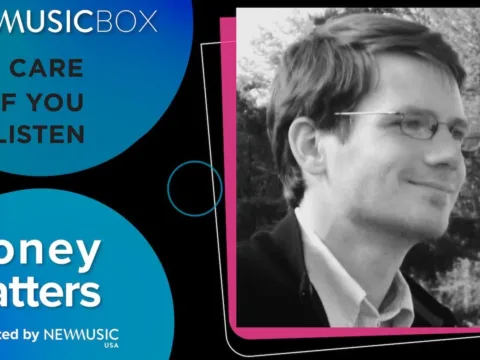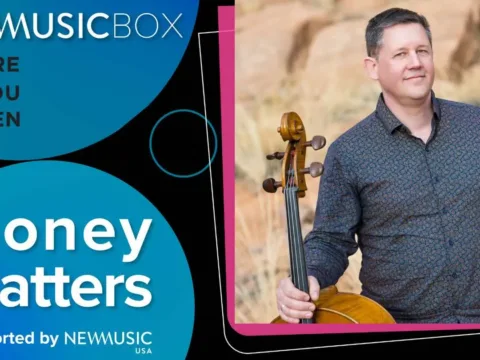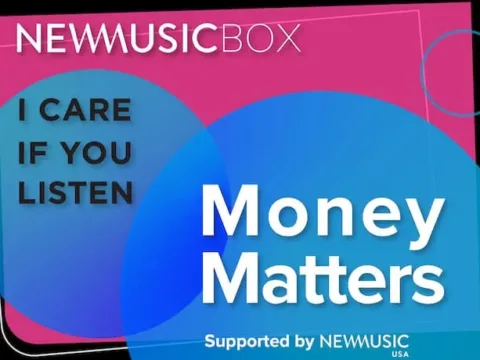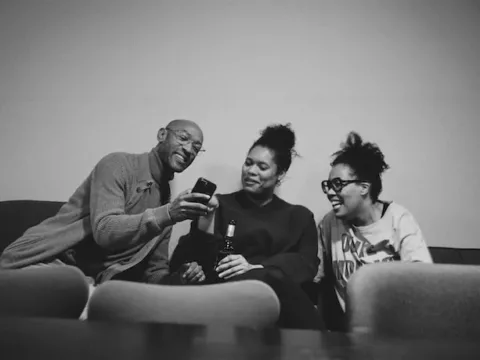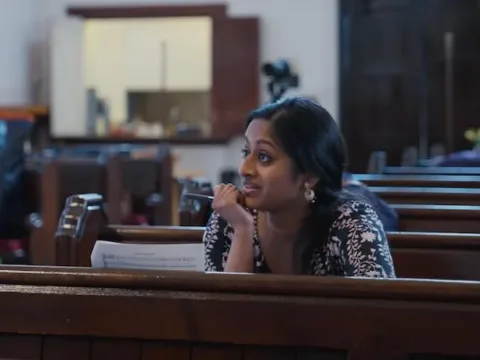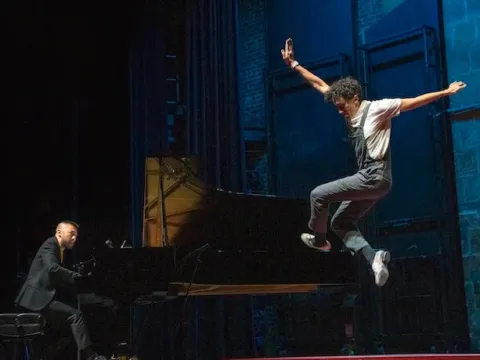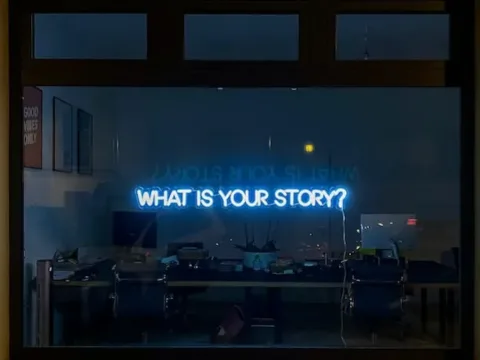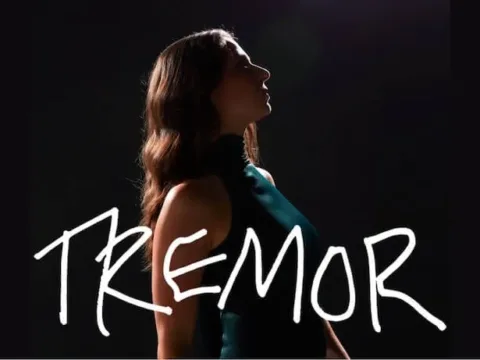“Out of Context” is a 10-part series that addresses the topic of cultural appropriation as it intersects with both Western European-based classical music and the broader social landscape. Commissioned by American Composers Forum and I CARE IF YOU LISTEN, the goal of the series is to offer information and diverse perspectives to those seeking to acknowledge historical context, honor cultural traditions that are not their own, and expand their sphere of knowledge with awareness and respect. A culminating collection of these articles and other resources will be shared for continued learning and dialogue.
Two scores and a hundred musical scores ago—or so—I sailed to a banner of encouragement in the music I wrote, the beating burgee of empowerment. Whisking my imagination onward was the notion that I could be a positive influence by unshackling heavy hearts of indigenous genocide. I vowed to set afloat works that liberated other Native Americans, to inspire self-worth and excite creativity. Turning a promising high school forte into a university vocation and a professional career, I consistently tried to compose supportive music and model indigenous reassurance. Casting aside oppression and abuse, I wanted to invigorate and revitalize. It was difficult. Again and again, I felt like a canoe on a rancorous ocean doing its damnedest to capsize me. I tried not to sink.
The culture of cultural appropriation silences indigenous voices, and a major way that boat stays afloat is by ghettoized gatekeeping. Like hauling a cargo of old chestnuts, some classical music critics are among the worst captains. While some will joyride the taradiddle, there are ways to avoid the silencing.
Besides composing, my efforts to be a role model were serious, despite racist critical reviews I received. Fortunately, I had generous supporters, my family, tribe, fellow artists, and charitable mentors. A couple examples will illustrate the stubbornness of cultural bias and highbrow entitlement I have witnessed.
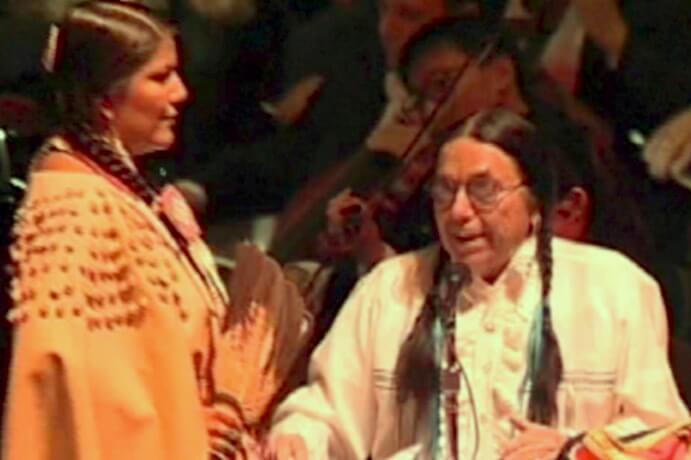
In 2001, The Phoenix Symphony performed my Powwow Symphony. The Arizona Republic published two reviews on October 24th and 26th, boasting some pure notion of “serious music” without the cultural connection. One reviewer cited a Western European composer, Kodály, as a bona fide user of folk materials, as if Kodály himself was unaware of the culturalness of folk music. What’s ironic is the critic identified a major quality of the Western European perspective, without realizing it is also a major problem.
“…Western art music did not think of itself as coming from a ‘culture.’ Mozart never stopped to consider the ‘world view’ of Europeans. He took that world view for granted, then took up the tools of his art to express neither a body politic nor a socioeconomic outlook nor an ideology… There are composers who write in the tradition of Mozart et al., believing what they say is universal, not culture-specific… other pieces on the PSO’s ‘Music of the People’ program show what it used to mean…to explore a culture. Zoltan Kodaly’s Dances of Galanta utilizes folk elements from the composer’s native Hungary, but not in any way that contradicts the expectations of mainstream symphonism” (Kenneth LaFave).
To another reviewer, the dancers, ankle bells, and the traditional master-of-ceremonies were not considered relevant parts of the multivalent experience, and disrupted his ability to take in the work’s full meaning: a concert powwow. Reading between the lines, both reviews drip with the mythological white racial frame: if it’s not Euro culture, it’s not art.
“The Phoenix Symphony… gave its all for Davids’ combination symphony, Native American dance-a-thon and stand-up comedy routine…a kind of ‘sound portrait’ of an Indian powwow, with narrator Sammy Tone-kei White providing the commentary… his overly amplified voice frequently drowned out the music… When the narrator… wasn’t drowning out the music, it was buried under the sound of ankle bells of the dancers in native costume… the idea of turning a powwow into a symphony makes about as much sense to me as writing an Italian opera in Chinese. There’s nothing wrong with writing serious music for Native American instruments and musicians. Violas and bassoons speak another language” (Richard Nilsen).
“Serious music?” There’s a serious problem with classical music’s inability to see outside a racially hostile aesthetic—a plethora of stereotypes, musical standards, long-held assumptions, and restrictive gatekeeping—all reinforcing white privilege. As an indigenous composer, those “extra-musical” features (in Western music lingo) were vital from an indigenous point of view. For more on powwows and concert halls, see my 2019 article “Cultural Appropriation in Classical Music.” And lastly, it’s Master of Ceremonies, not “narrator,” and regalia, not “costume.”

I found solace in Philip A. Ewell’s 2019 presentation, “Music Theory’s White Racial Frame,” when he voiced a similar view to my own. What Ewell labels “colorblind racism” also dismantles the acultural neutrality myth of Westernized music.
“Colorblind racism is the most significant form of racism in music theory’s white racial frame and has been used for decades… ‘What do music and music theory have to do with race’ is a common colorblind refrain, which accomplishes two goals: it allows for music theory’s white-framed theorist to appear to be on the right side of racism, while allowing the very same racialized structures, put in place to benefit white persons, to remain foundational in the field without appearing racist” (Ewell, MTO, vol. 26, no.2).
Time spent addressing the tommyrot of culturally-neutral gatekeepers, instead of writing what we know, penalizes indigenous composers with extra burdens that Non-Natives never need to address. It seems that Native composers must not only compose well, but strenuously educate ignorant critics about indigenous music, too. The importance of education notwithstanding, the apology tour of the bigot ship, towing blankets infected with anodyne neutrality, has long since sailed. In my early stick-to-itiveness to tell uplifting stories, I did not truly fathom how deeply the well of ugly racial discrimination sinks.
But. I’ve. Changed. My. Mind.
We must push back against the classical music malady, countering the monochrome impulse to not rock-the-boat that erases Native Americans while tokenizing exoticized misrepresentations of us. The ‘white racial frame’ not only stereotypes away indigenous people, but is also, at heart, reductionist and genocidal. What an indigenous composer knows from life experience will leapfrog over whatever non-indigenous gatekeepers may imagine or invent. Western European gatekeepers need us; we have perspectives largely ignored by the gatekeeping hierarchy. We should nevermore tolerate any Papal Bull refrains, Doctrine of Discovery sea shanties, or Manifest Destiny earworms.
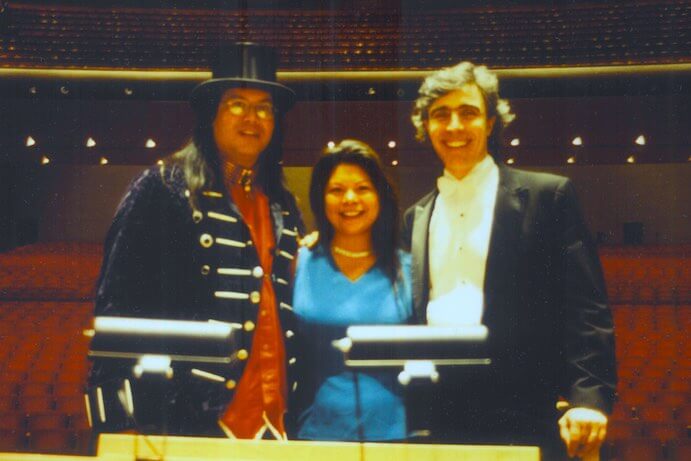
How can the invisible Native Americans have a voice in classical music? As our planet’s carbon dioxide approaches 417 ppm, where sea levels could rise significantly, indigenous people have developed alternate ways of living with the planet, by not taking ‘dominion’ over it. This perspective of ‘living with’ rather than exploiting-for-profit applies to the music world, too. If we wished, we could accept our multifarious environment, human and non-human, as a collective in the same boat, on waters that might soon grow 50-80 feet higher. We must grapple with our genocidal past and create better relations for our mutual benefit. Our lives depend on it.
How to grapple with our past? How to create better relations? Requiem For America—a model for cultural collaboration with integrity, dignity and respect—is my answer to these questions, Simply, it is two responses in one. Requiem navigates America’s genocidal founding while helming to a guiding star—a principle that lights the project’s entire journey—building good relations.
Imagine, if you will, a death mass about the founding of the Unites States of America as predicated on massive land theft and the genocidal displacement of its longtime inhabitants. Imagine the libretto for this 90-minute requiem as derived from U.S. founding documents, equally contrasted with historical letters from the indigenous people being forced away and killed. If you can visualize this, you have plumbed to the first response and venture of Requiem For America. America was founded on a genocide that remains ignored, and the living reminders of that genocide are rendered invisible. Requiem—as a work—is dedicated to uncovering the submerged reality, by shining morning light on America’s darkest waters.
Now imagine the living participation of indigenous people in each performance in every state of the country. Imagine the Western chorus and orchestra performing side by side with indigenous singers and performers, in a concerted effort to create a new vision of right relations. If you can visualize genuine friendships formed between violists, bassoonists, and indigenous people, you have plunged to the second response and venture of Requiem For America. Requiem—as a performance—is dedicated to changing reality by featuring indigenous voices front and center, and by fostering good relations between Native Americans and everyone else.
So, yes, I had imagined a different odyssey when I was younger, but that’s all changed now. In genocide’s wake, Requiem sings of the invisibility and models the solution by actively fostering collaborative friendships between Native and non-native Americans. I may not live to see this work reach every U.S. territory, but if it can be accomplished, at least one Requiem craft will have moored in each U.S. state. And those partnerships will create meaningful bonds for indigenous and non-indigenous alike. Requiem is a sound model for classical music’s future.
I CARE IF YOU LISTEN is a program of the American Composers Forum, funded with generous donor and institutional support. A gift to ACF helps support the work of ICIYL. Editorial decisions are made at the sole discretion of the editor-in-chief. For more on ACF, visit the “At ACF” section or composersforum.org.
